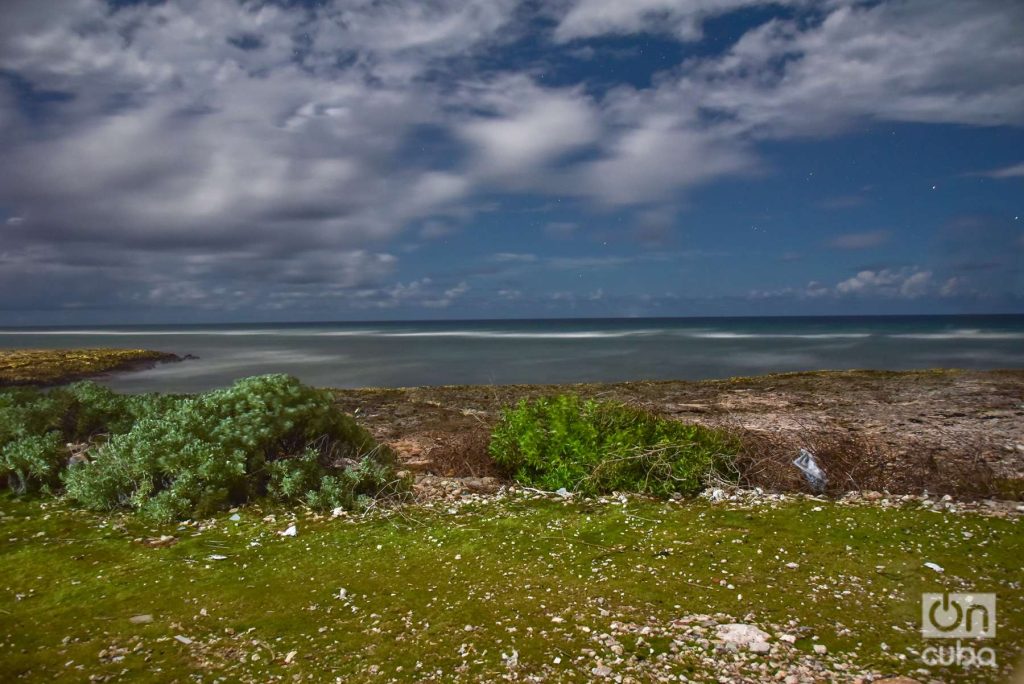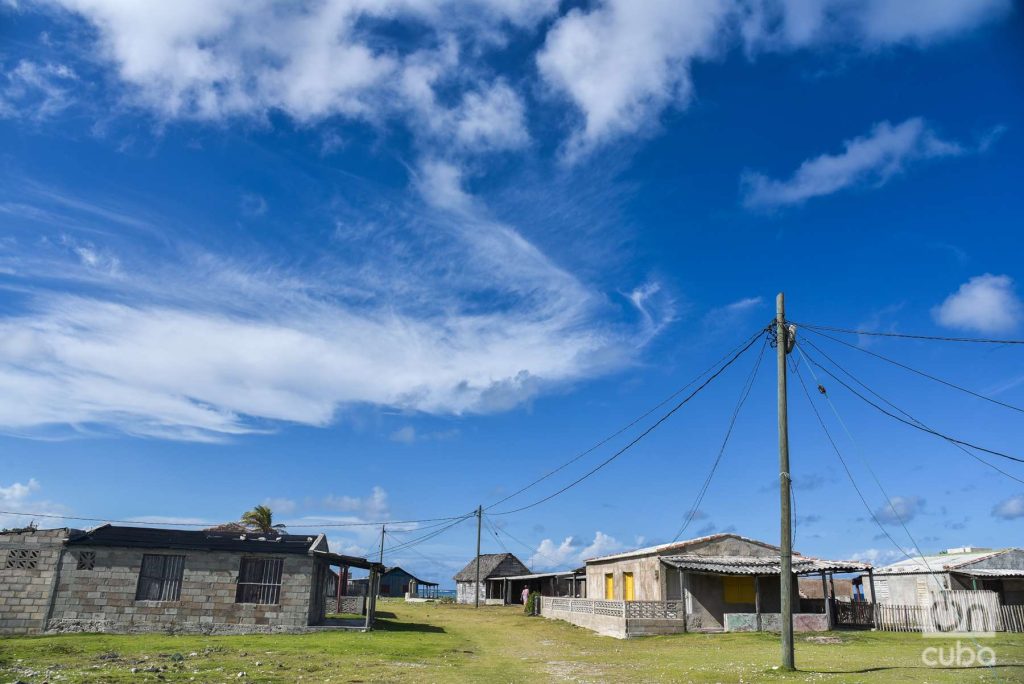I recently went back to one hundred years of solitude, to the fabulous history of the Buendía family throughout several generations in the town of Macondo. As in my first reading, when I was about 16 years old, now, with four decades in my ribs and a bit of the world traveled, I experienced the same feeling: I have a Macondo.
Caletones, a small town on the north coast of Holguín, is strongly linked to my family history. In those places I spent almost all my vacations from the time I was in my mother’s belly until I came of age.
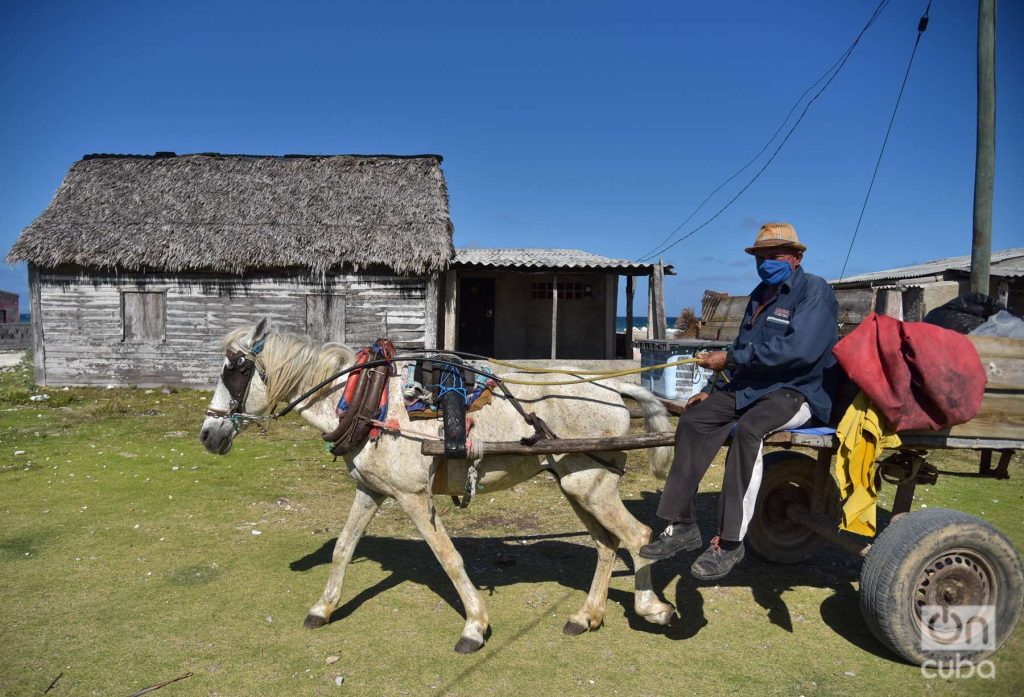

It was precisely in one of those summers when I read the book by the winner of the Nobel Prize for Literature for the first time in 1982. I remember giving myself over to those pages for hours, lying in a hammock in the doorway of our little house, built by my grandfather in 1959 when for all that there was hardly anything standing. It had the soundtrack of the waves breaking on the reefs a few meters away and the caress of the sea breeze as a companion.
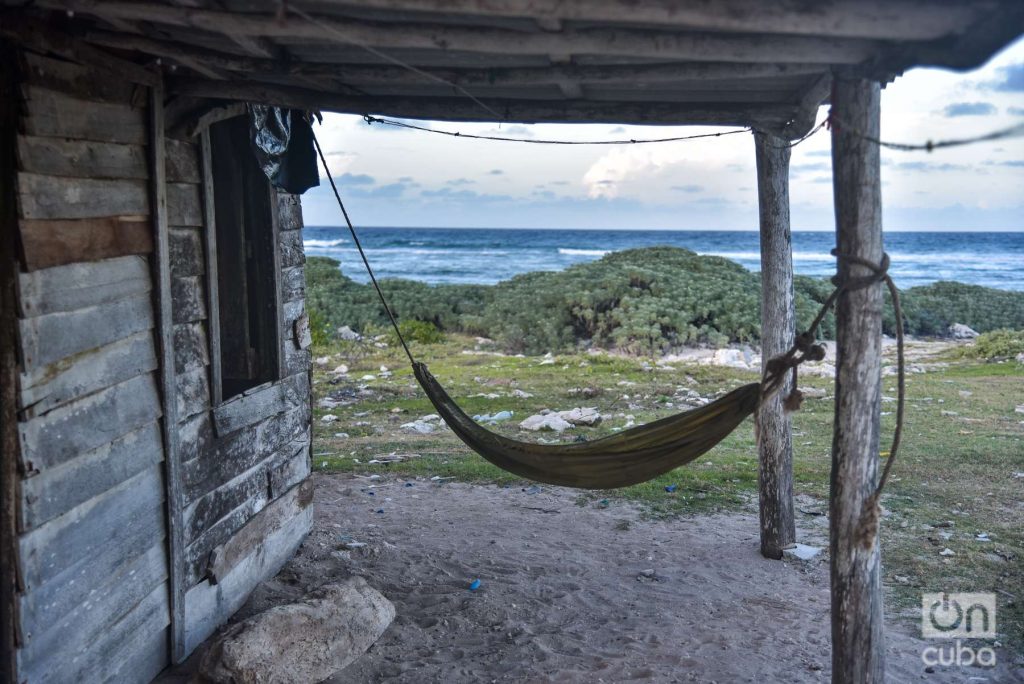



I underline the second sentence of the first page of the book in question: “Macondo was then a village of twenty mud and cane houses built on the banks of a river of clear waters that rushed through a bed of polished stones, white and huge as prehistoric eggs.
I seem to be looking at a panoramic photo of the Caletones of my childhood. It was also a village, although with more houses than Macondo. And in the singularity of the landscape, instead of a river, you can enjoy beaches with turquoise blue waters and white sands. Gigantic rocks have formed natural pools of brackish water with deep caverns inhabited by blind fish.
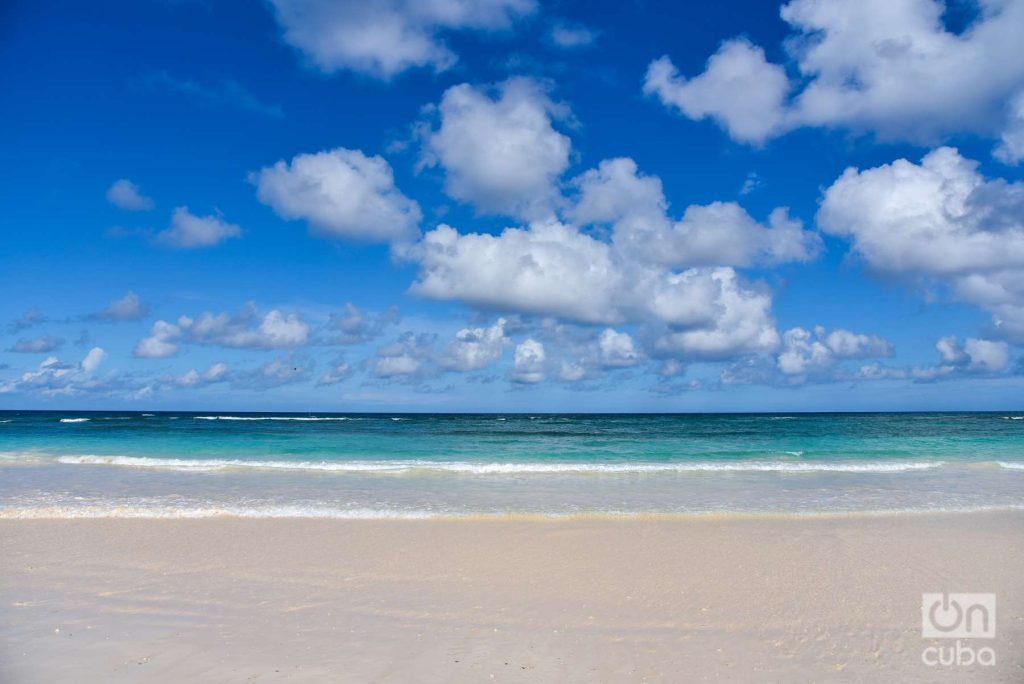

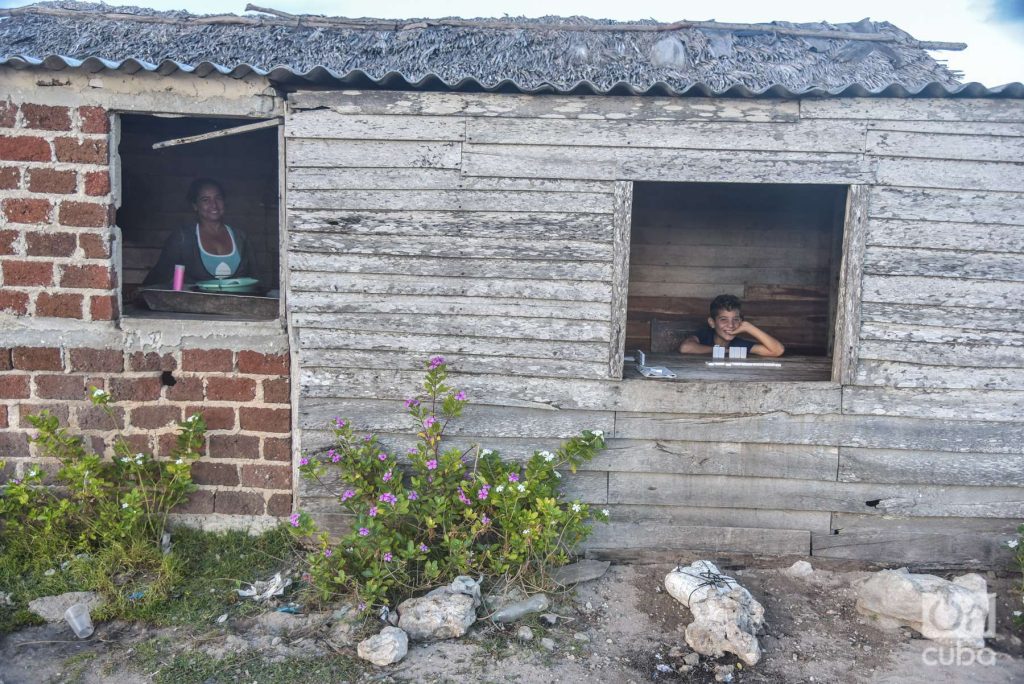

My story with Caletones is similar to that of the novel. It does not follow a linear chronological structure, but moves back and forth in time, creating a sense of circularity and repetition. I choose to remain trapped in time, to evoke happy scenes lived there, in a kind of eternalreturnographer. “(…) the memories materialized by the force of relentless evocation”, the narrator states in one of the chapters of the text.
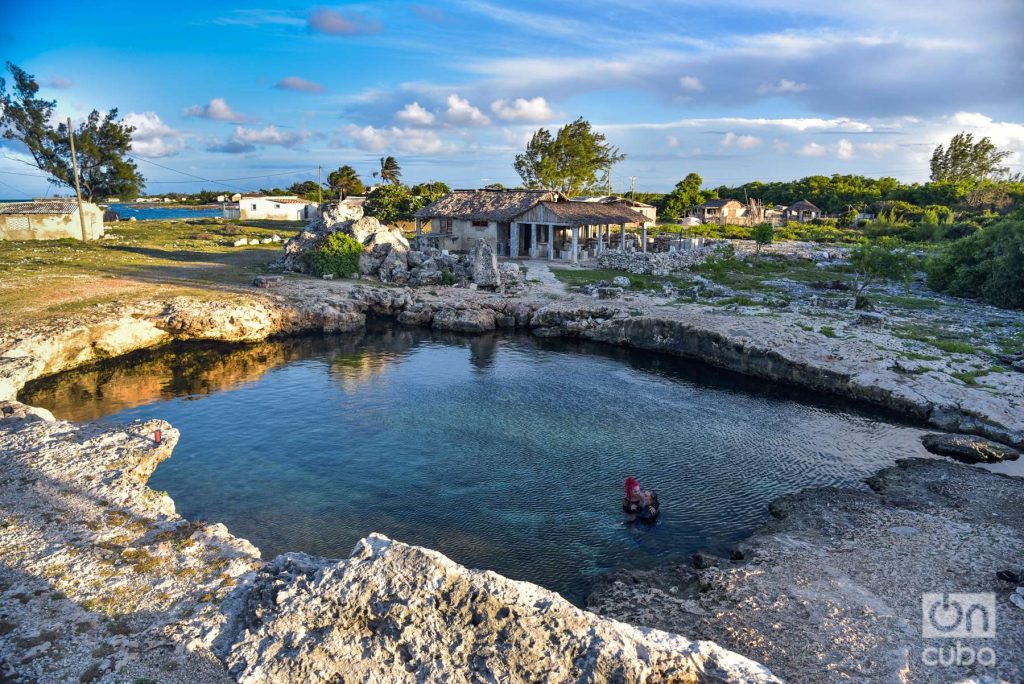



That is why it is inevitable for me to draw a parallelism between that lost point of Cuban geography so endearing to me and the imaginary world created by García Márquez. Perhaps because Caletones is an inexhaustible source of magical realism; the combination of elements of the real and the fantastic; the same daily mix between the surreal and the true that characterizes one hundred years of solitude.
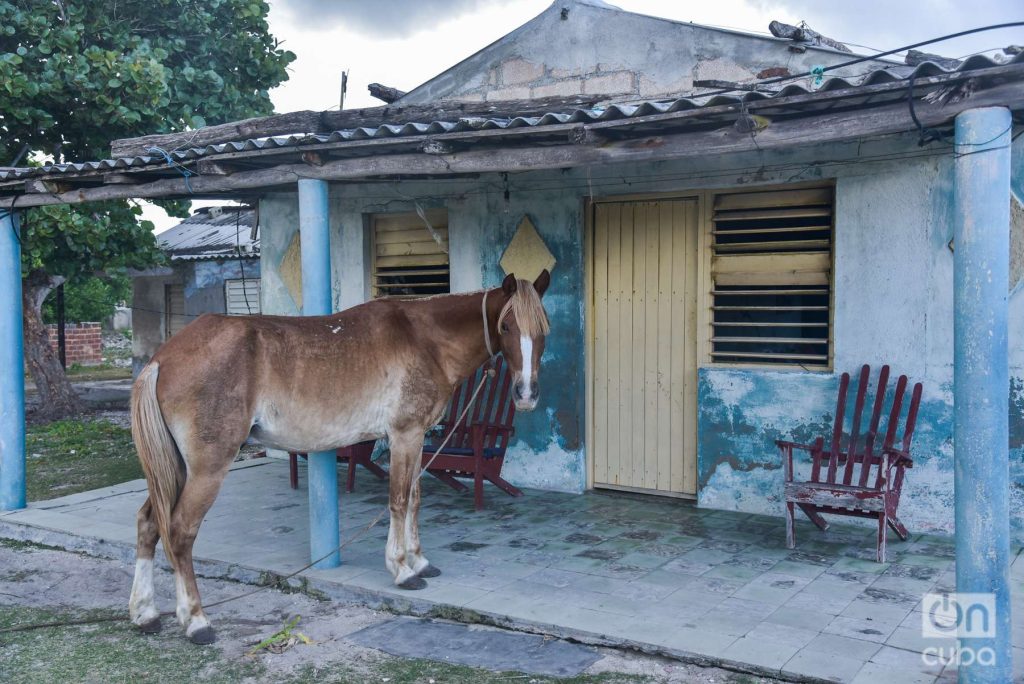

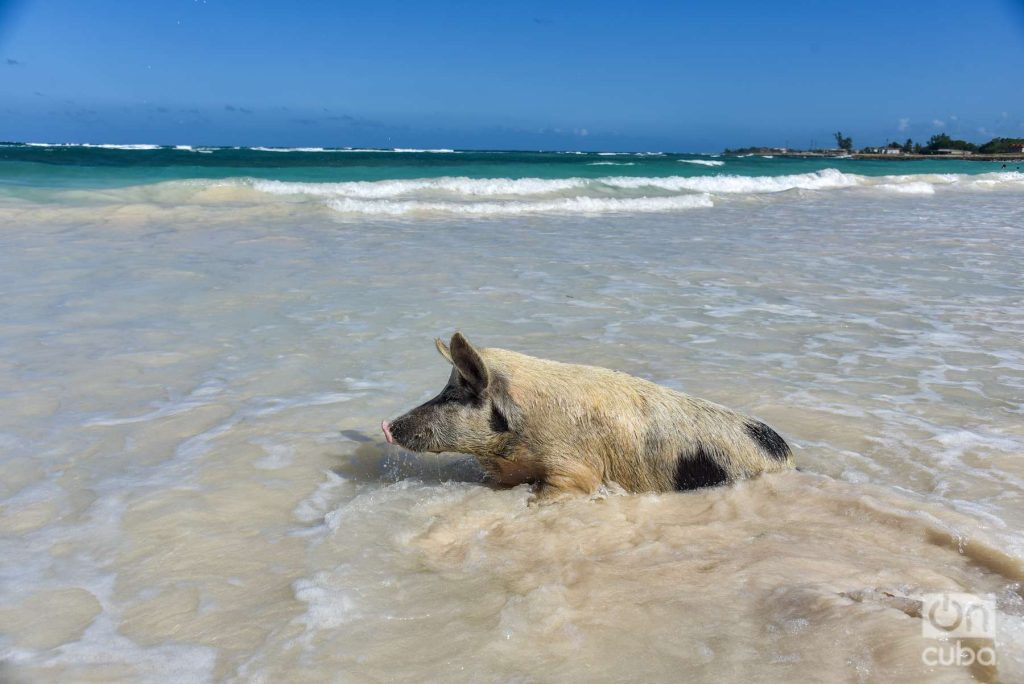

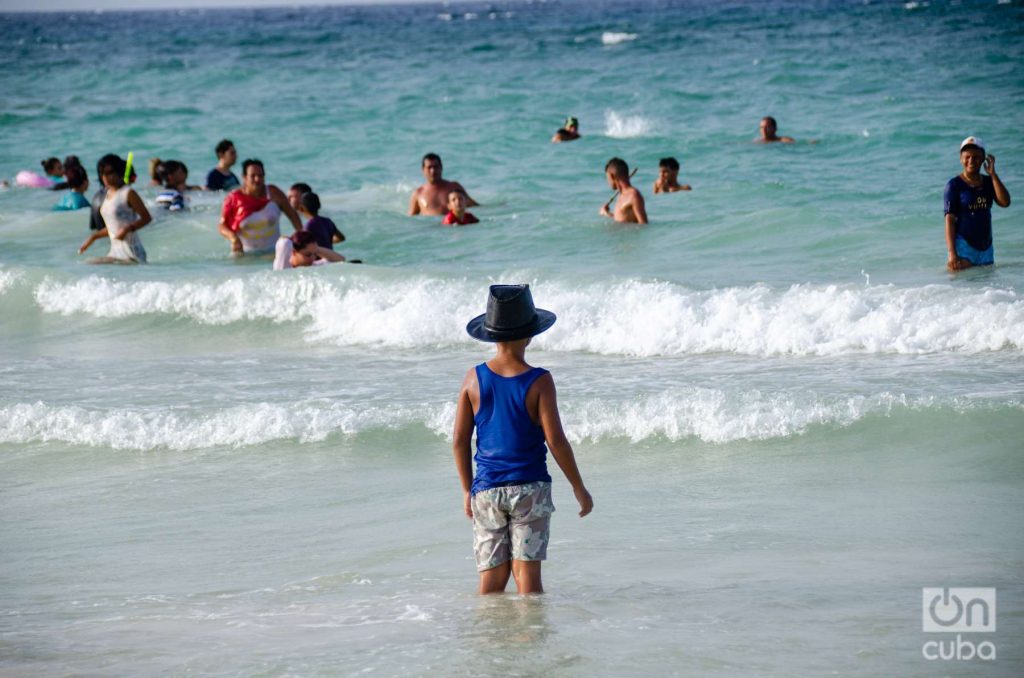

The closest thing to magical realism I heard from Carlos Peralta, a dear neighbor in Caletones. He told us that one afternoon, sitting on his porch facing the coast, he saw how an underwater fisherman came out of the sea and ran terrified through the village. According to our narrator, the fisherman was being chased by a picua, which would also have come out of the sea and traveled several meters at full speed across the land! behind the human prey of him. Not reaching it, the aquatic vertebrate turned around and returned to its natural habitat, Peralta assured.
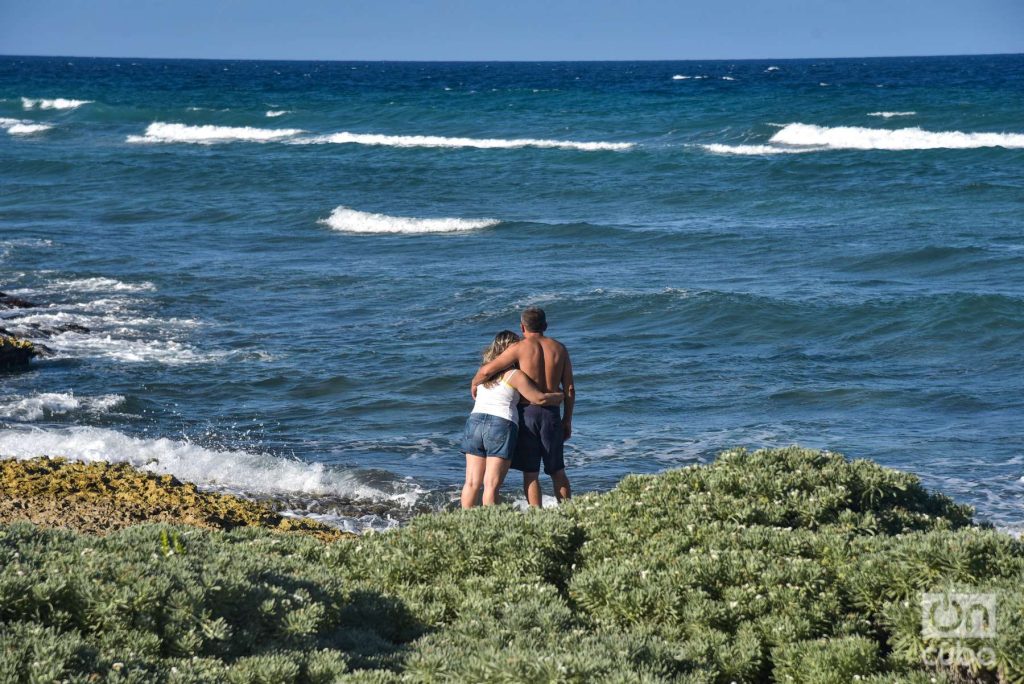

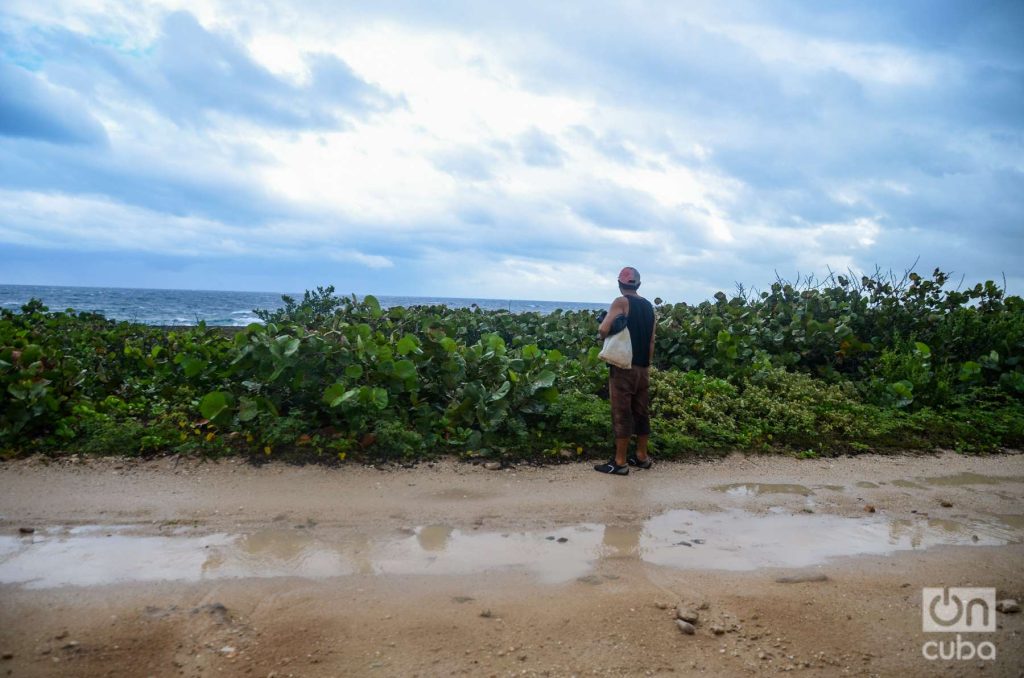

If García Márquez had known my neighbor, surely he would have included him in some passage. Peralta is not the only one. Caletones is full of peculiar characters, such as Felo, María, El Chino, Pedrito, little armandito or my grandfather Bartholomew.
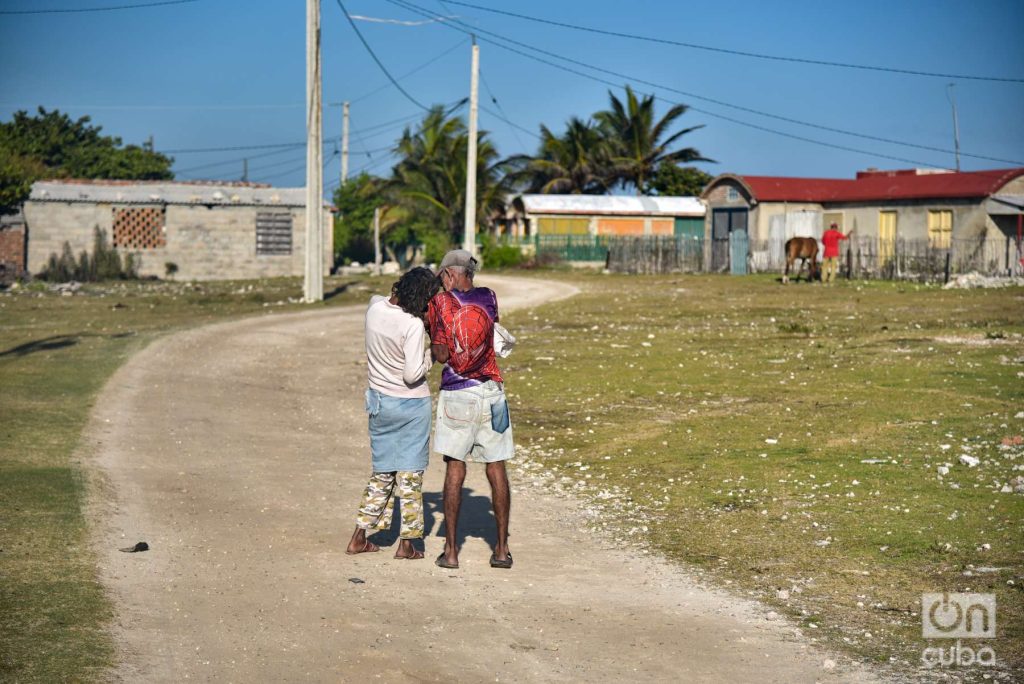



Mario Vargas Llosa in his essay “García Márquez: history of a deicide” (Barral Editores, 1971), points out how the inhabitants of Macondo manage to break the barriers of backwardness and isolation by dreaming, fantasizing and inventing.
“The most illustrious and the oldest of human tasks: to imagine, starting from this world, another more original, more beautiful, more perfect, and, by means of a movement of the sensibility and of the mind, move there to live better” writes the Peruvian and also Nobel Prize for Literature.
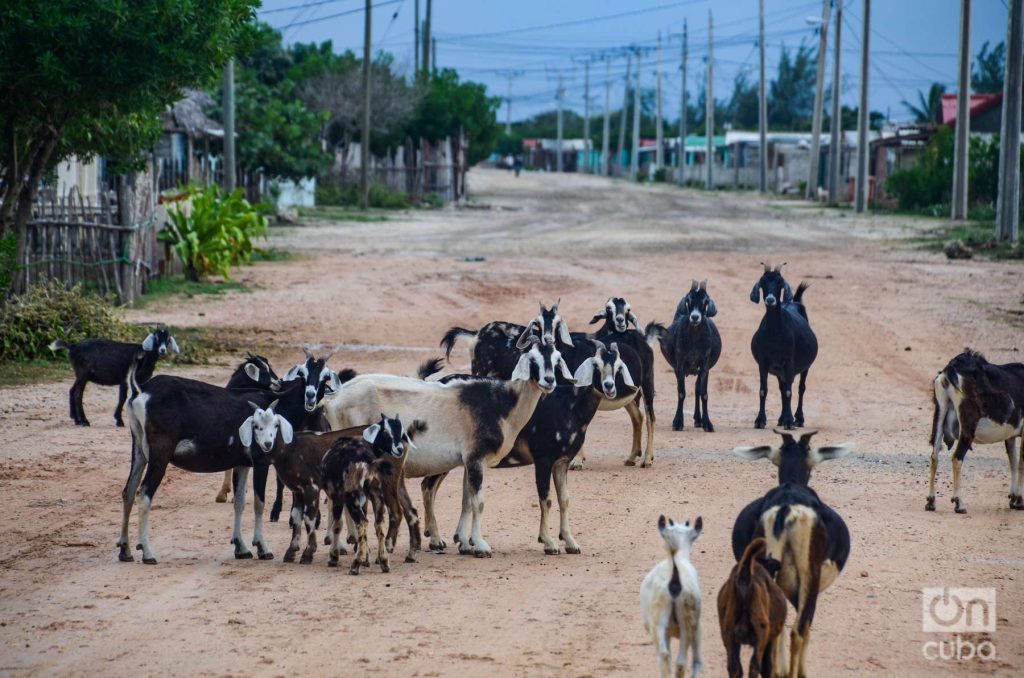



In Caletones, in the midst of the deficiencies accumulated over the years, I had my world like no other, full of adventures and fantasy. Electricity only came to this small town of 400 inhabitants, which is reached after the ordeal of crossing 18 kilometers of road (dirt and full of potholes) that separate it from Gibara.
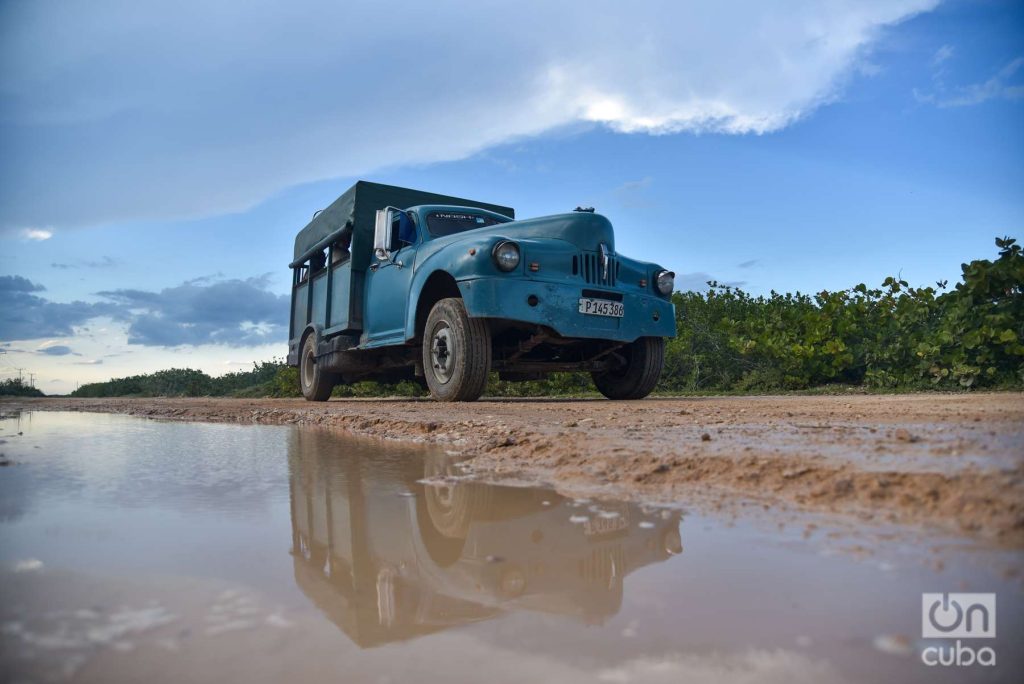

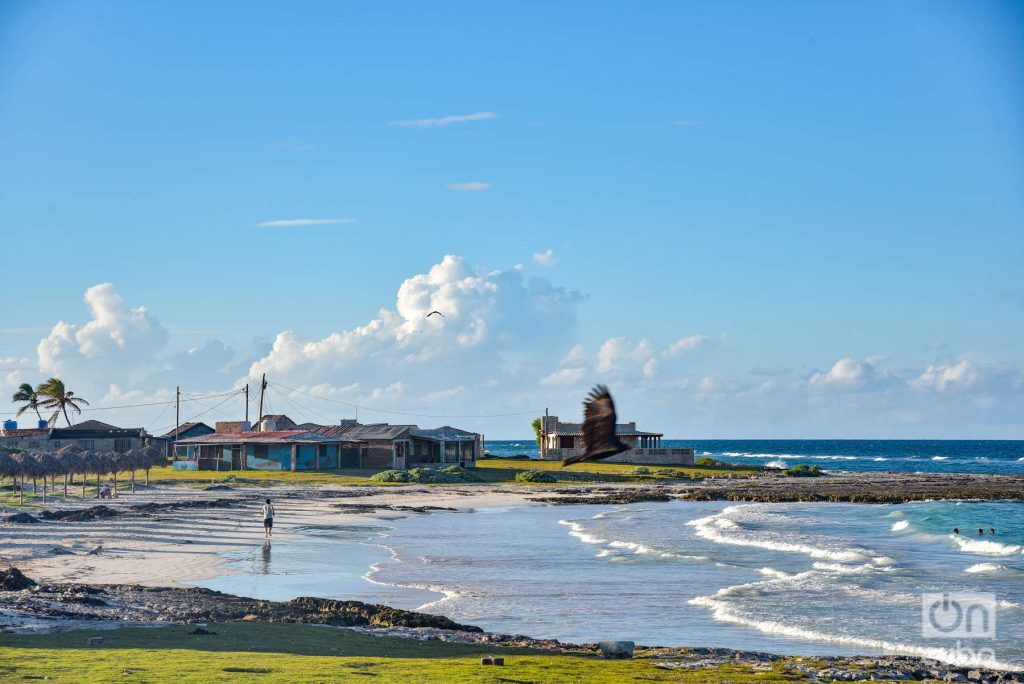

So Macondo is Caletones, that I close the book and the novel continues.
